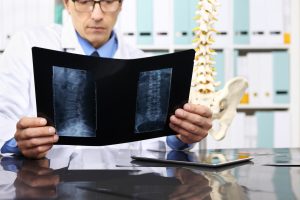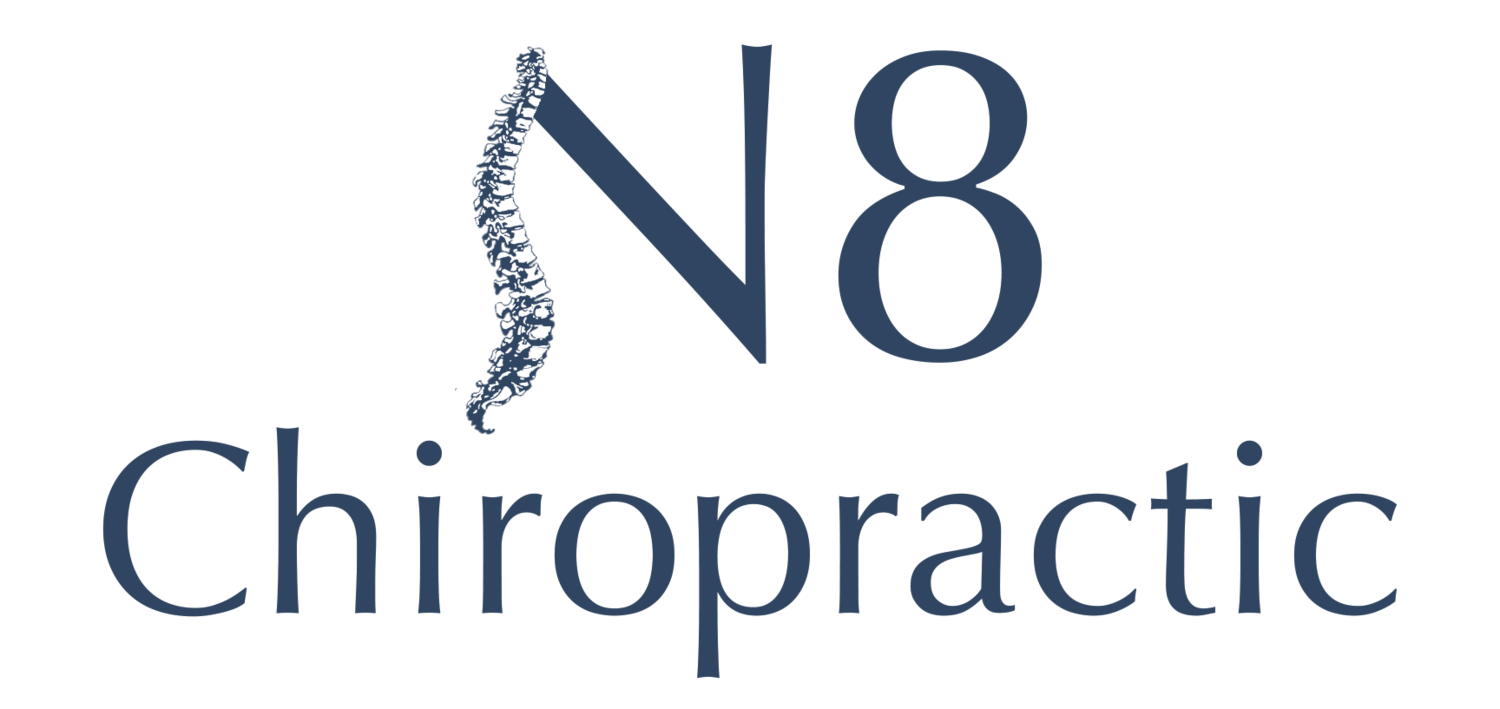What is Sciatica Pain?
What does sciatica pain feel like? Sciatica is radiating symptoms from the lower back down into the leg or foot and is usually felt only on one side of the body. There are many different ways people describe this kind of pain, depending on its cause. Sciatica often manifests as a sharp, shooting, or jolting, intense pain. Others experience weakness and/or numbness in the lower extremity or worse, a stabbing or burning sensation.
When your pain subsides over time, it’s considered mild sciatica. However, if you find that the self-care measures or home remedies haven’t been effective or experience a progression of the symptoms despite these treatments, then seek care.
Signs and Symptoms of Sciatica
Radiating pain from your low back region (lumbar spine) down to your lower extremities is the hallmark of sciatica. The pain may vary from a mild to sharp, burning sensation or excruciating pain and is usually felt only on one side of your body.
Other signs and symptoms of sciatica include:
- Numbness or muscle weakness in the affected area such as the lower back, buttock, leg or feet.
- Tingling or pins and needles in your legs, toes or feet.
- Discomfort in the lower back, buttocks, thigh and calf or almost anywhere along the nerve pathway.
- Moderate to severe pain in the lower back, buttock and down your leg.
- Jolting or electric pain that can worsen with coughing or sneezing or prolonged sitting.
- Pain that worsens with movement.
Although the pain may be severe, sciatica can most often be relieved through conservative treatments.
What Causes Sciatica?
The primary cause of sciatica is the irritation, inflammation or impingement on the nerve that starts at the lower back and shoots down to the leg. This nerve is specifically the large sciatic nerve.
Other conditions that cause sciatica are as follows:
Disc Herniation or a Disc Bulge
Sciatica is commonly caused by a herniated or “slipped disc” that causes compression on the nerve root. This condition can be caused by a new injury to the disc, in which the disc tears or a degenerative process over time as aging occurs.
Spondylolisthesis
A vertebra slips and becomes misaligned with the one above it, causing a constriction of the opening through which the nerve exits. Consequently, the sciatic nerve is impinged by the extended spinal bone. Spondylolisthesis can be debilitating, sometimes causing the patient to lose feeling in their feet and legs.
Piriformis Syndrome
Piriformis muscle is a small muscle that’s located deep in the buttocks. Once this muscle contracts, it compresses and aggravates the sciatic nerve. This is also considered a rare neuromuscular disorder.
Degenerative Arthritis
Through aging or wear and tear, the joints become more arthritic, causing narrowing of the hole where the nerves exit from. This can cause compression of the nerve.
How Sciatica is Diagnosed?
In order to accurately diagnose sciatica, your healthcare provider will first review your medical history then inquire about your symptoms and further carry out a physical examination and/or recommend imaging tests.
Physical Examination
During your physical exam, you may be asked to perform these activities so your doctor can assess your muscle strength and reflexes. Pain caused by sciatica will intensify for people with this condition when doing these types of activities:
- You may be asked to walk to check how your spine carries your weight.
- You may be asked to walk on your toes and heels to check the strength of your calf muscles.
- You may be asked to stand up from a squatting position
- You may be asked to lie on your back with your legs straight. Your doctor will then lift each leg and note the point at which your pain surfaces.
- You may be asked to do other stretches and motions to locate the pain and check muscle strength and flexibility.
Imaging Tests
Your healthcare provider may also request for specific imaging tests that may include:

Spinal X-rays:
An X-ray of your spine may reveal a bone spur or an overgrowth of bone that may be compressing the nerve. Additionally, your provider can look for proper alignment of the joints.
Magnetic Resonance Imaging (MRI):
Doctors usually order an MRI to confirm the diagnosis of sciatica caused from disc compression, as it uses a powerful magnet and radio waves to generate cross-sectional images of the back. It can also determine nerve impingement, disc herniation and arthritic condition that might be pressing on a nerve.
Electrodiagnostic Tests:
Electromyography (EMG) and Nerve Conduction Velocity (NCV) are electrodiagnostic tests that are performed by a neurologist and/or physiatrist to examine how well electrical impulses travel through the sciatic nerve and muscle response. Both EMG and NCV work together to reveal the source of muscle and nerve pain.
How is Sciatica Treated?
There are many conservative treatments to treat sciatica, depending on the cause and severity of the pain. Primarily, the treatment goal is to reduce the pain and improve mobility.
Applying cold and/or hot packs
This is a simple self-care to lessen pain and inflammation. Wrap a cold pack with a towel and apply it on the affected area for 20 minutes, several times a day. If the pain persists, alternate between hot and cold packs, whichever best relieves your pain or discomfort.
Chiropractic Adjustments
By evaluating the joints of the spine (and other areas) your chiropractor can determine if the sciatic nerve is being irritated or pinched. If this is the case, chiropractic adjustments to relieve sciatica pain can be very beeneficial.
Physical Therapy
When the soft tissue is also involved, muscle stretching and strengthening may be needed. This can assist in stabilizing the area of the spine. This can also help to remedy the muscle spasm that may occur with sciatica.
Conclusion About Sciatica
When sciatica occurs, it is advisable to perform self care and seek treatment when the symptoms are moderate to severe. At N8 Family Chiropractic, we have treated many patients with sciatica and its common symptoms. Patients have gone on to discover that their sciatica pain is treatable and they can go on to live a life without pain.

